Tired of faded tones, or want something new? Old furniture is made of natural wood, but has long lost its attractive appearance? In all these cases, a brush and paint will help out. Do-it-yourself furniture painting is not a very difficult process, if you follow the technology.
Process
- Surface cleaning
First you need to wash off dirt and grease from all surfaces. For this purpose, detergents and a sponge are used. After the furniture has been washed, dry it thoroughly with napkins.
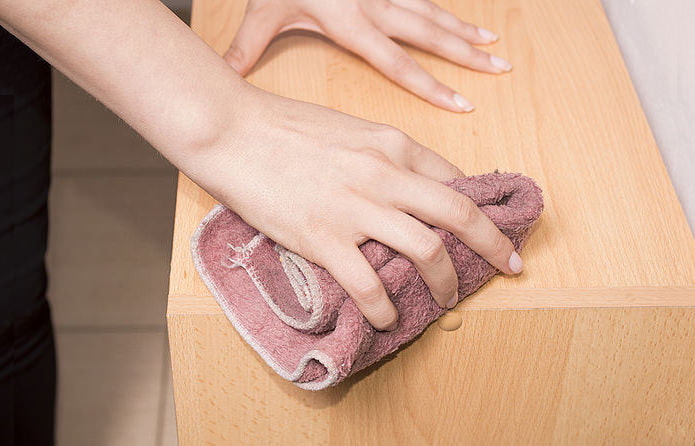
- Disassembly of furniture
Before repainting the furniture, it must be disassembled, but this is not always advisable. Cabinets and racks of complex design with drawers, paneled facades must be disassembled in order to perform the work efficiently. Also, don't forget to free the furniture from handles and all unnecessary equipment.
Furniture of simple shapes can be painted without disassembling. There is no need to disassemble cabinets even if you are going to limit yourself to painting the facades.
Advice: before starting work, fittings that you do not plan to remove, as well as those parts of furniture that will not be painted, but adjoin the painted surfaces, can be sealed with masking tape.
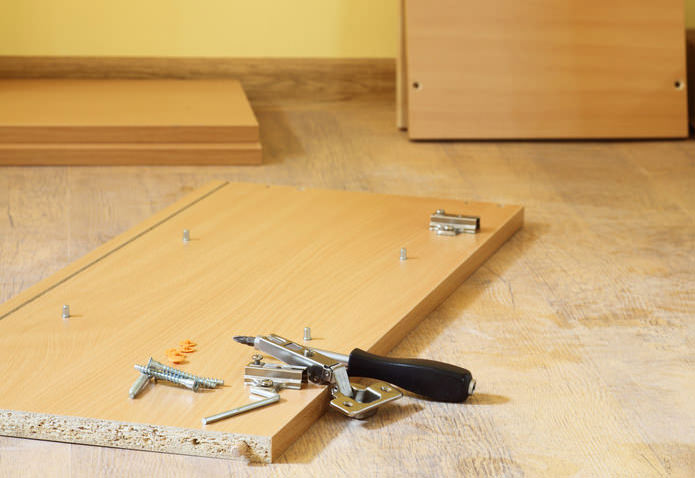
- Surface sanding
Sanding before repainting furniture is a necessary process, especially if its surface is laminated. Modern coatings are made from polymer films, and paint does not stick to them.
In order for the laminate to be colored evenly and the paint to adhere well, it is necessary to strengthen the adhesion work, that is, the strength of adhesion of the paint coating to the base, for which to make it as rough as possible. For this purpose, all surfaces are carefully treated with "zero" sandpaper.
Remember to wear a respirator: the work is very dusty and the resulting dust is harmful to health.
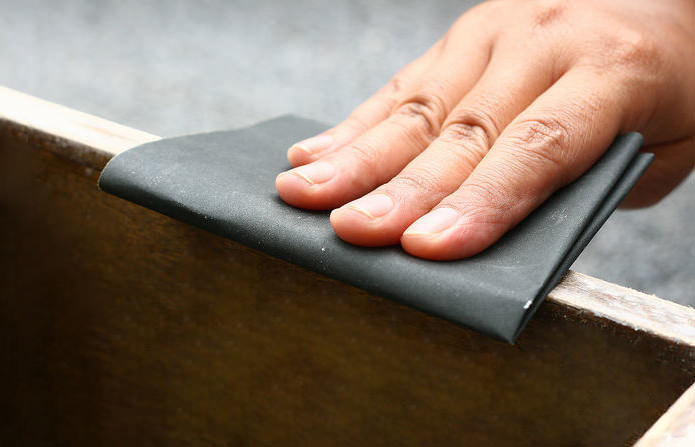
- Surface priming
Before you start painting furniture with your own hands, you need to prime the surface. This is necessary so that the paint lays down evenly, and over time does not begin to flake off.
You will need a primer that is suitable for all surfaces, including glass and tiled. Such polyurethane-based primers are quite expensive, but this waste is justified: how well the primer lays down depends on how well the paint will hold.
After application, the primer should dry for at least 12 hours.
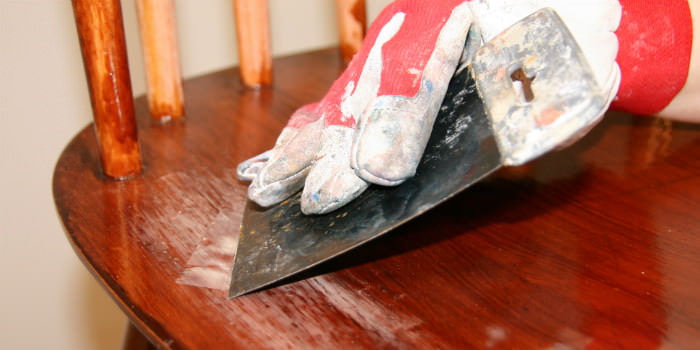
- Defects and cracks
Before repainting furniture, it is necessary to repair defects and cracks, even if they seem insignificant. This is done with a putty, for example, based on latex or epoxy.
It is best to putty after the surface is primed - the primer will remove some of the small defects, and it will be clearly visible in which places you still need to work. After the dents and cracks are putty, let the product dry, if necessary, go through the "zero" and prime the surface again. After the second priming, the furniture must be dried for at least 12 hours.
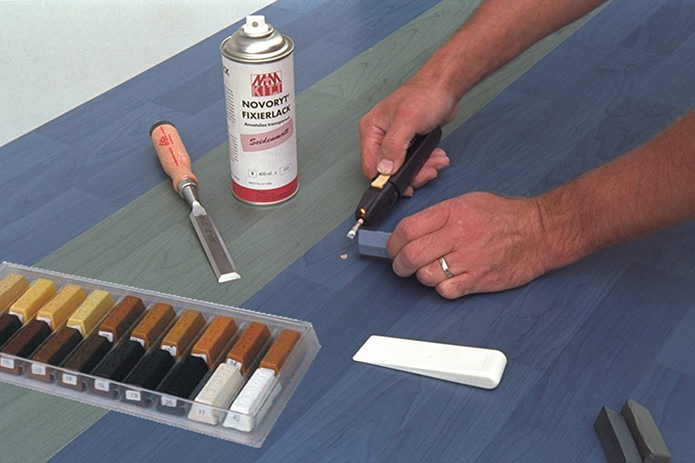
- Choice of paint
To ensure that the result of repainting the furniture does not disappoint, you need to choose the “right” materials, including the most suitable paint.
If the surface is laminated with a film, then you can choose from alkyd enamels and polyurethane-based paints.Look for the mark on the can: “for furniture”, it meets all the requirements for paints and varnishes used indoors.
Epoxy paint will take a long time to dry and smell for a long time. Using special primers, acrylic latex paints can be used, but the result may not be pleasing.
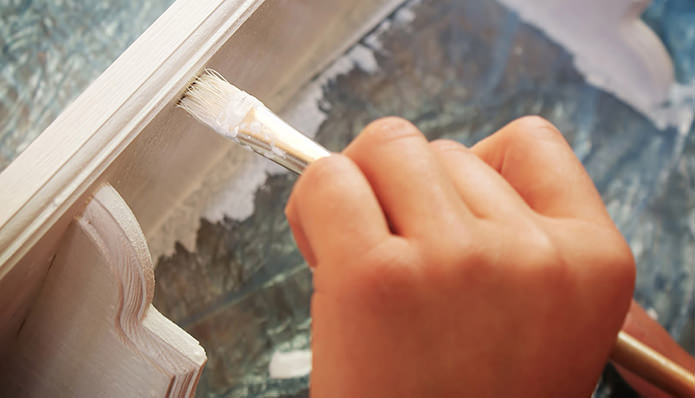
- Choice of tools for painting
To paint furniture with your own hands, you need tools: spatulas (preferably rubber) for putty, brushes for applying a primer, brushes or rollers for the actual painting, or spray guns. In some cases, the effect of "uneven" paint application is required, with visible brush marks - for example, for Provence style furniture.
If you want a flat surface, use a velor roller. Foam rubber as a "fur coat" for a roller is not suitable when working with furniture. For corners and other areas where the roller will not swing out, you will need a small beveled brush.
How to repaint furniture professionally? Use a spray gun, its consumption should be from 20 to 200 g of paint per square meter. The calculation of the nozzle diameter and the required pressure can be made according to special tables, taking into account the viscosity of the paint used.

- Finishing
Finishing of repainted furniture consists in covering it with varnish. It is better if it is a water-based varnish, it does not release odorous and harmful substances into the air. Such a coating is especially important for furniture that is often touched by hands, touched when passing.
So, the doors of a storage system in the entrance area or kitchen furniture can quickly lose their attractive appearance, if they are not protected with a varnish layer, or even better with two. At least 24 hours should elapse between the application of the first and second protective layers of varnish.
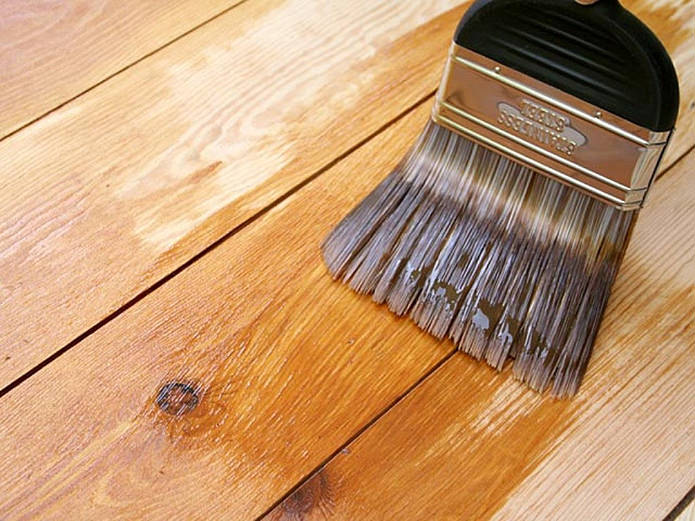

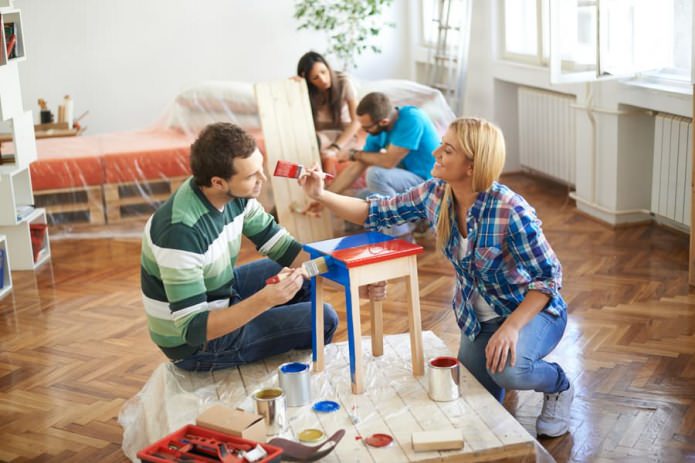
 10 practical tips for arranging a small kitchen in the country
10 practical tips for arranging a small kitchen in the country
 12 simple ideas for a small garden that will make it visually spacious
12 simple ideas for a small garden that will make it visually spacious

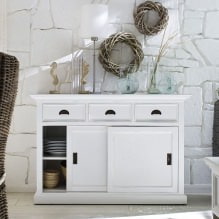



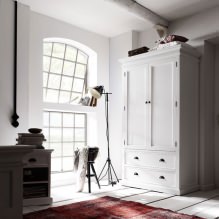
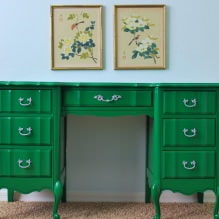
 What is better not to do it yourself during the repair?
What is better not to do it yourself during the repair? Bloated linoleum: how to fix it without disassembly
Bloated linoleum: how to fix it without disassembly The worst decisions in apartment renovation
The worst decisions in apartment renovation  Installation of ceiling tiles: choice of materials, preparation, order of work
Installation of ceiling tiles: choice of materials, preparation, order of work How to glue a ceiling plinth to a stretch ceiling?
How to glue a ceiling plinth to a stretch ceiling? Ceiling plinth for stretch ceiling: types, recommendations for selection
Ceiling plinth for stretch ceiling: types, recommendations for selection